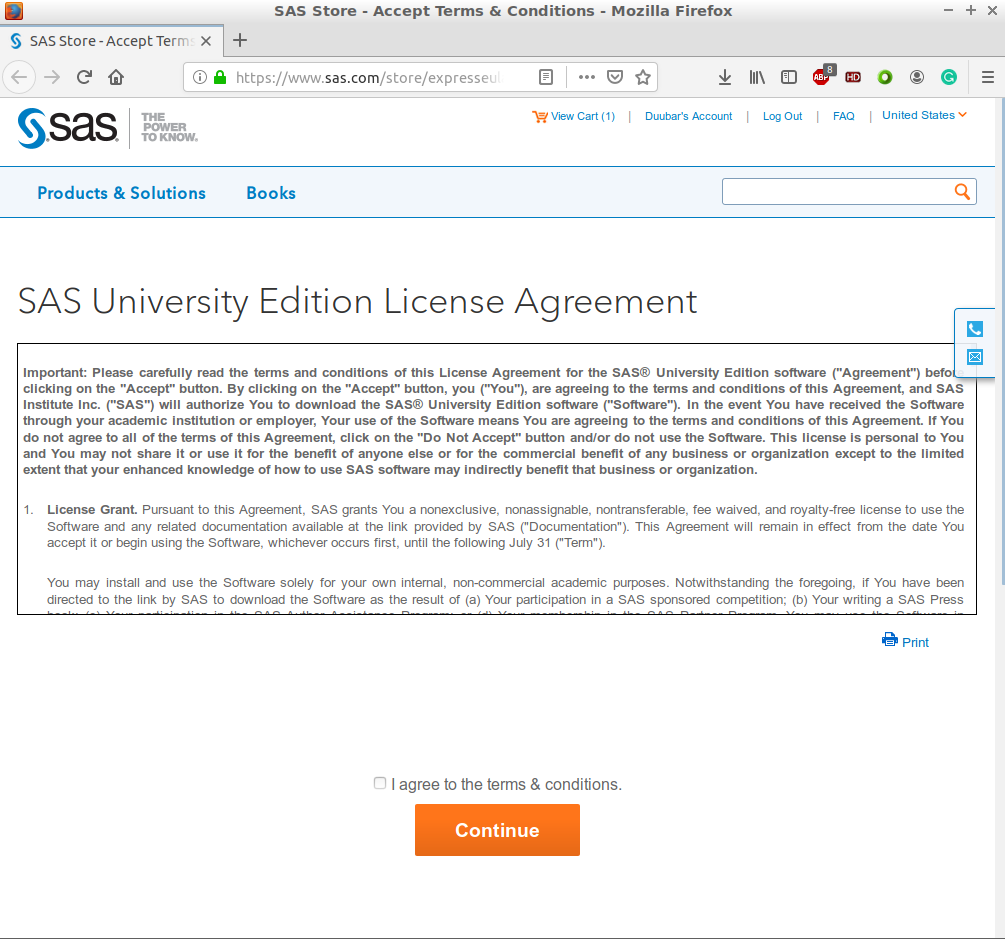

Let me show you step-by-step how easy it is to upload an Excel workbook from your local computer to SAS Studio using ODA. You will have to wait for an email from SAS with an approval, but once you have access, it is a delight to use. Existing SAS University users should switch to SAS OnDemand for Academics. This software was discontinued in July 2021. Note: Previously, Mac users could use SAS University Edition.
#HOW TO USE SAS UNIVERSITY EDITION HOW TO#
If you already have a SAS profile, skip that portion of the instructions. You can check out our tutorial on how to start using SAS OnDemand for Academics, or check out the official SAS OnDemand for Academics website.
#HOW TO USE SAS UNIVERSITY EDITION REGISTRATION#
Part of the registration process is to create a SAS profile. To gain access to ODA, you need to register with SAS.

There is also a 5-gigabyte limit for data files, but that is certainly not a problem for learning how to use SAS. It is not to be used for commercial purposes. ODA was developed so that people can use it to learn how to program and run tasks using SAS. Also, reading data from your real computer is quite simple. The great news about SAS OnDemand for Academics is that you don’t have to download anything! You access SAS on a cloud platform. Users of SAS University Edition had to download software to create a virtual computer on their local computer, then download the SAS software, and finally, set up a way to read and write files from their “real” computer to their “virtual computer.” This caused many people massive headaches (including me). I thought I would share some of my thoughts, having just finished two books using ODA ( Getting Started with SAS Programming: Using SAS Studio in the Cloud and A Gentle Introduction to Statistics Using SAS Studio in the Cloud). Therefore, the INFILE statement is used in SAS to generally. Below is the data used in the illustration:1 corn 17.662 corn 13.913 corn 16.114 corn. To access a file from any programming language, a link is needed betwixt the program and the desired file. A quick overview and introduction to using the SAS University Edition. Proc import Filename statements Infile Argument. Thousands of SAS users are migrating from SAS University Edition to SAS OnDemand for Academics (ODA). At that place are 3 popular methods for importing data into SAS.


 0 kommentar(er)
0 kommentar(er)
